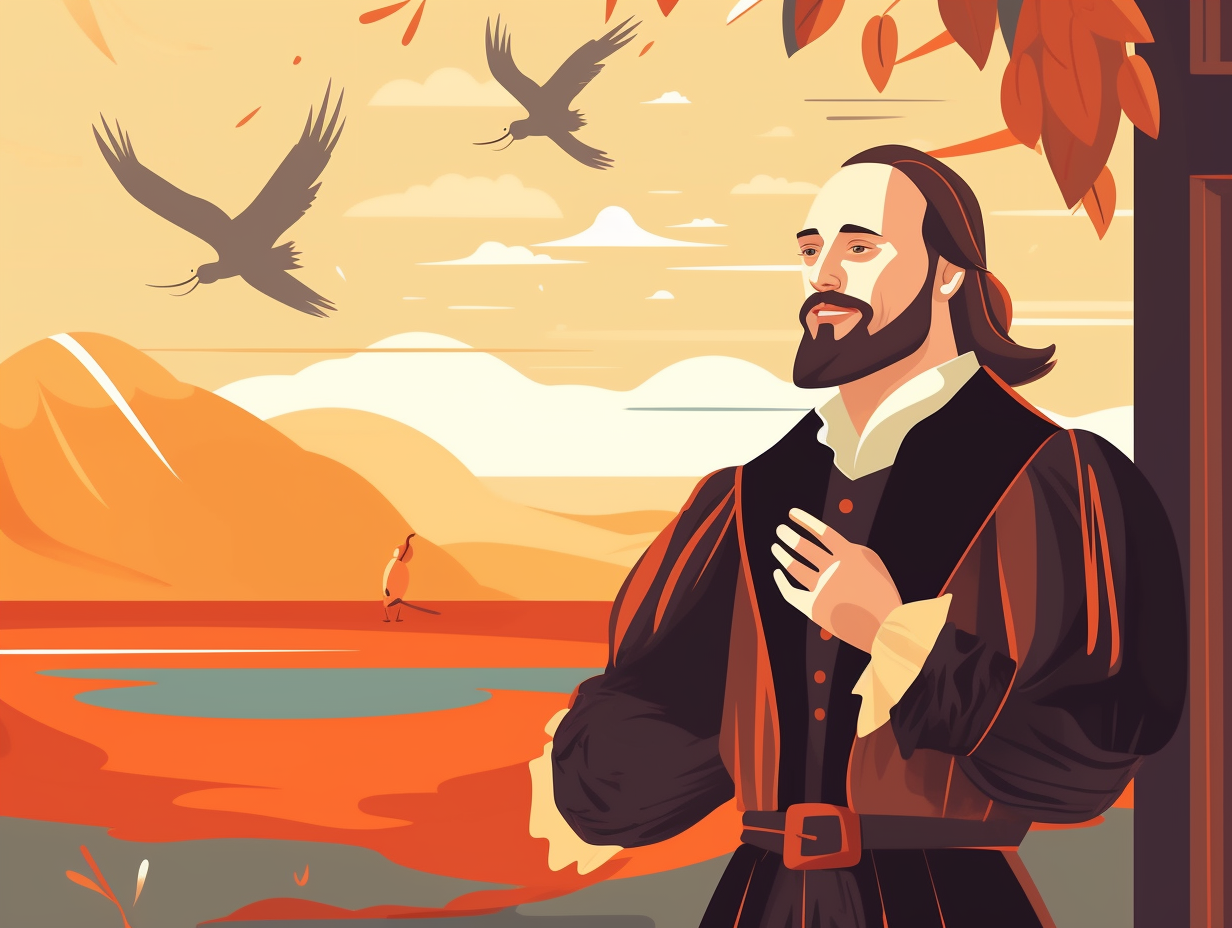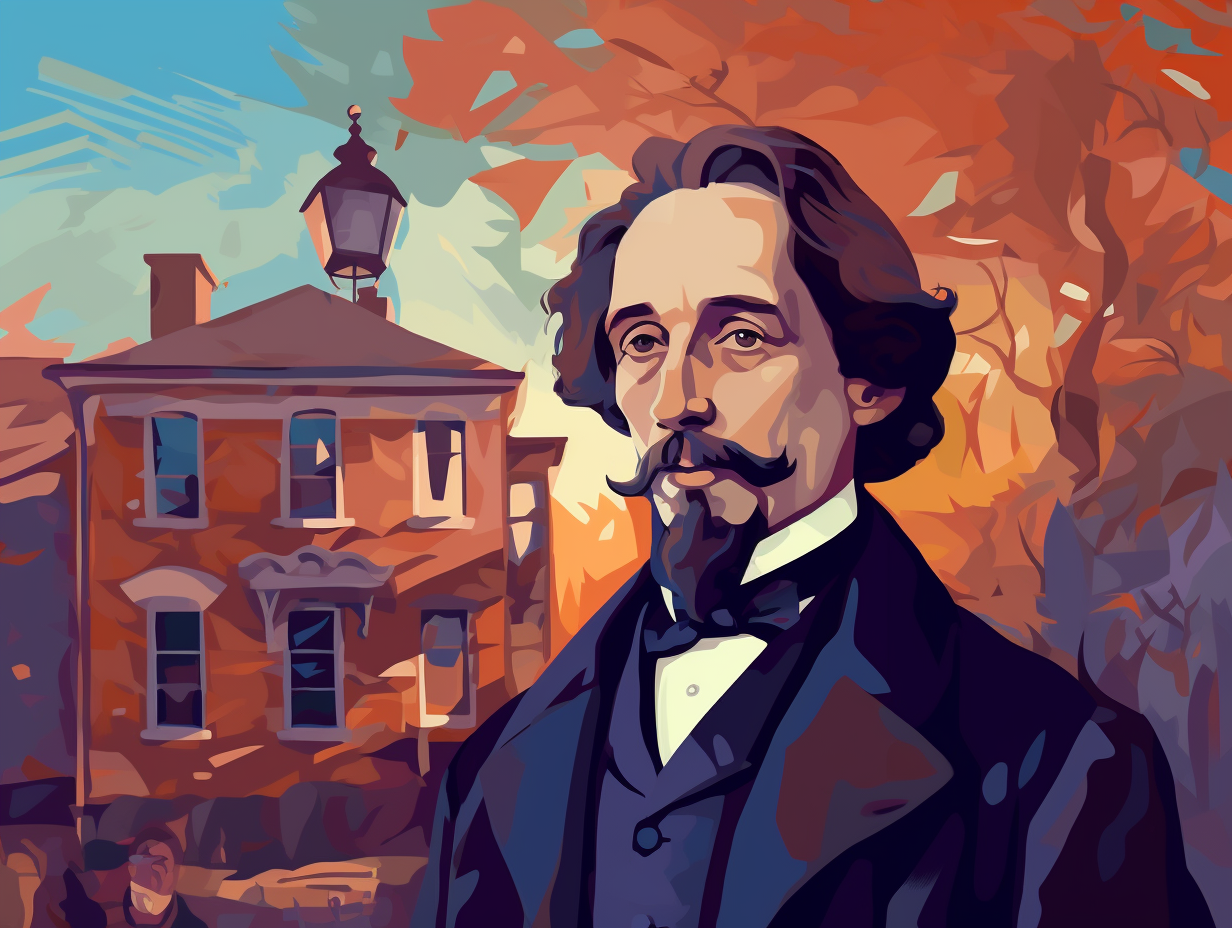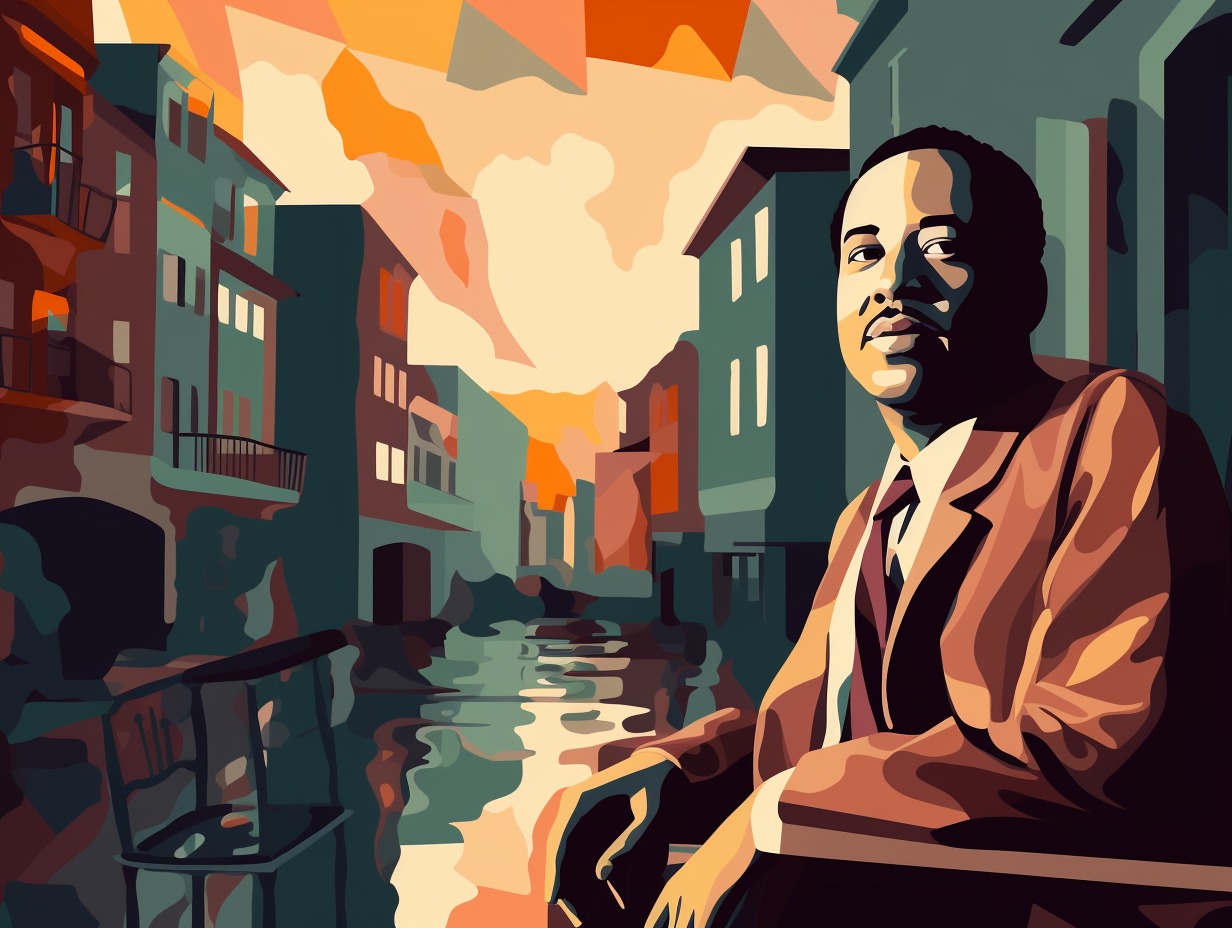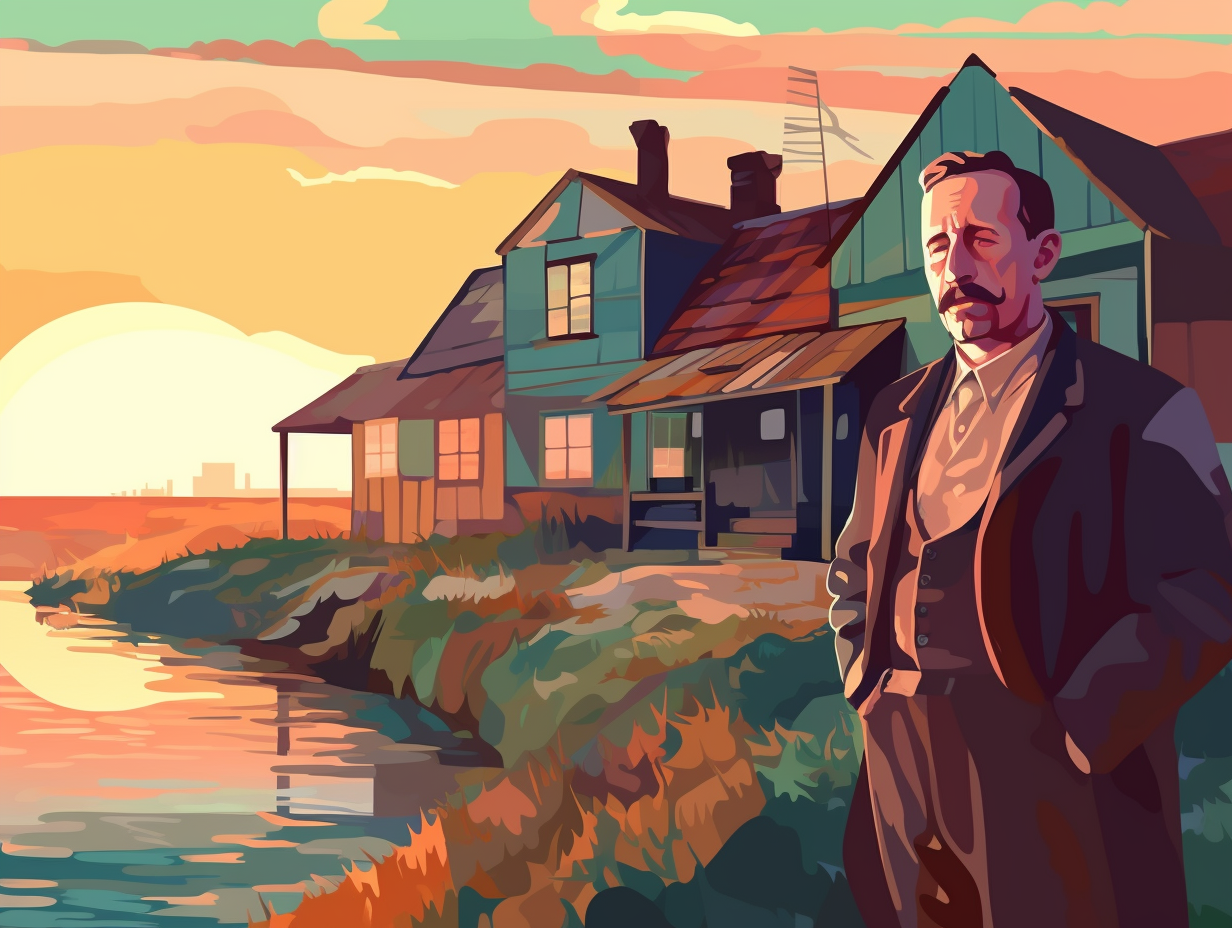Discover the Magic: Top 10 Fun Facts About 'A Christmas Carol' You Never Knew!

1. Dickens: The Social Justice Warrior
Once upon a time, in a Dickensian plot twist of fate, young Charlie's family got cozy with the debtors' jail, molding our darling author into a social justice warrior of yore: Jo Rolling but with a quill dipped in 19th-century ink, Dickens penned the ever-festive A Christmas Carol to tilt his top hat in the direction of social commentary.
Source => arts.gov
2. Scrooge: A Reflection of Dickens' Struggles
From the man who made debt look Dickensian to the tale that turned a penny-pinching sourpuss into Santa's warm-up act: Charles Dickens' A Christmas Carol was inspired by the author's own experiences of poverty and debt, leading to the creation of the miserly Ebenezer Scrooge. The character's initial cold and heartless persona was a reflection of Dickens' childhood struggles, before Scrooge underwent his transformation into a benevolent figure. The term "Scrooge" has since become synonymous with miserly or anti-social behavior, although we mustn't forget that the character in question ultimately learns the importance of kindness and generosity.
Source => grammarist.com

Did you know the infamous Zodiac Killer may have been inspired by a 1932 movie adaptation of a short story? Discover the chilling connection and how it played a role in one of his tragic attacks.
=> Fun Facts about Literature
3. A Christmas Carol: Adaptation Overload
If Charles Dickens were alive today, he might feel like Scrooge at Disney's door, demanding his share of the holiday royalties: There are a whopping 135 film, TV, and stage adaptations of "A Christmas Carol," including such classics as 1983's Mickey's Christmas Carol, the 1984 adaptation starring George C. Scott, and the renowned 1951 version, Scrooge.
Source => justjaredjr.com
4. The Birth of Yuletide Gift-Giving
Before Ebenezer Scrooge went "Ho Ho Ho!", gifts were like grumpy humbugs: almost scarce during the yuletide celebrations. But fear not, dear Tiny Tim! Dickens' festive novella waved its magic wand and changed it all: A Christmas Carol popularized the act of gift-giving during the holidays, transforming it into a merry tradition we all hold dear to this day.
Source => audiobookstore.com
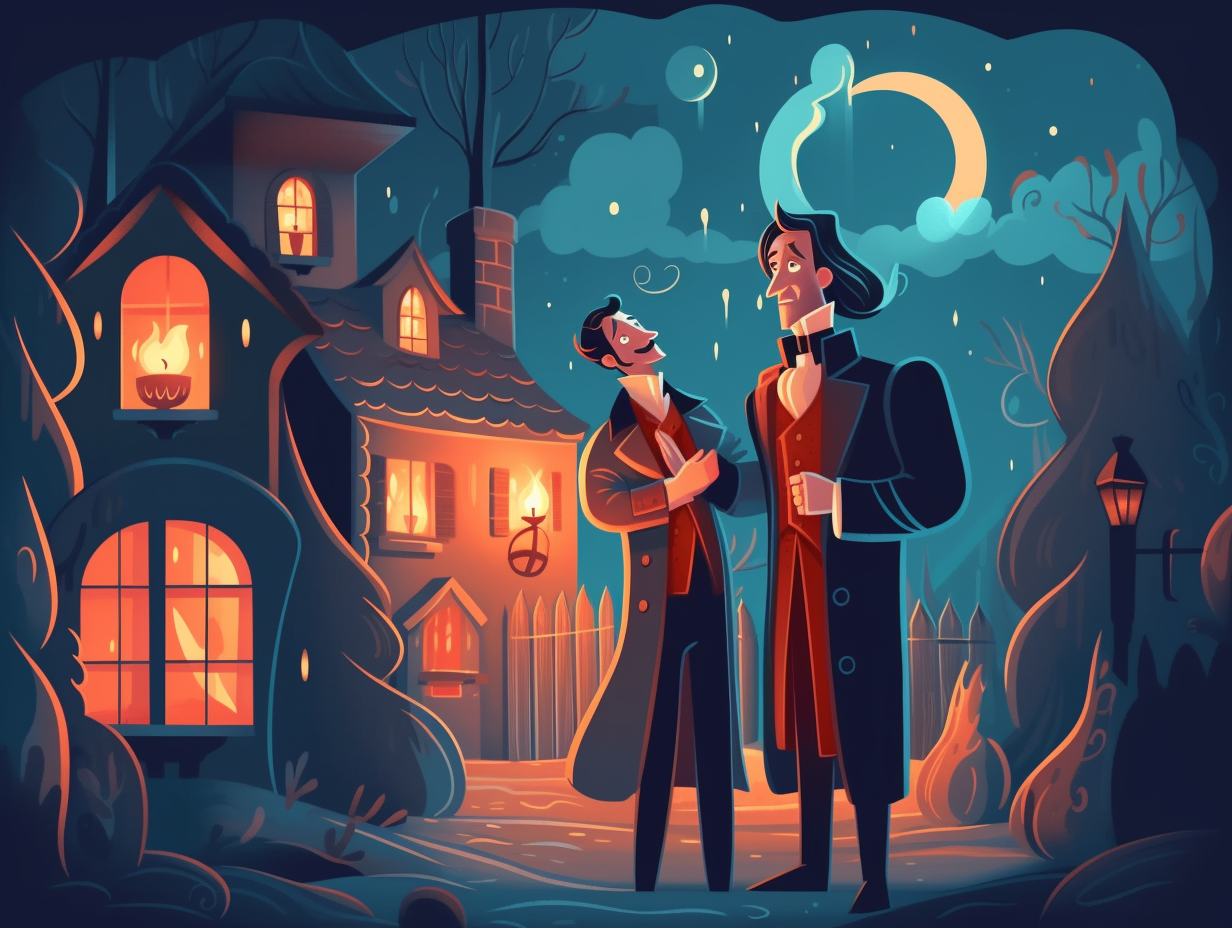
5. The Stylish Ghost of Christmas Past
Leave it to Dickens to make the past a mixed-up style icon of the paranormal fashion world: The Ghost of Christmas Past in A Christmas Carol rocks a chic combo of old man and child looks, complete with long, muscular limbs and a wrinkle-free complexion, while its outfit features a summer-inspired floral ensemble accessorized with winter's trademark holly. The pièce de résistance is the illuminated headwear that can be switched off with a simple cap – meaning this spirit was not only fashion-forward but energy efficient long before it was cool.
Source => study.com
6. "Bah, Humbug!" Origins
Lo and behold – the legendary "Bah, Humbug!" wasn't a last-minute scribble on the manuscript, but rather a well-planned zinger: A Christmas Carol's roots stretch into the grim reality of child labor in Victorian England, sparked by a report Dickens read on the subject. Initially penning a pamphlet titled An Appeal to the People of England, on behalf of the Poor Man’s Child, Dickens' inner novelist decided fiction would pack a mightier punch to shed light on the plight of the poor and the cruel workhouse system of the time.
Source => theguardian.com
7. The Real Scrooge vs. Misread Gravestone
What's in a name? Apparently, a grave misunderstanding that led to the creation of literature's most iconic miser: It is said that Charles Dickens may have drawn inspiration for Ebenezer Scrooge in 'A Christmas Carol' from a Scottish merchant named Ebenezer Lennox Scroggie, whose gravestone Dickens misread as "mean man" instead of "meal man". In reality, Scroggie was a successful corn trader and vintner with royal patronage, and while he did have some scandalous behavior, he was far from the penny-pinching, grumpy old man we know as Scrooge.
Source => bbc.co.uk
8. Tiny Tim's Troublesome Health
When Tiny Tim hobbled into our hearts with a crutch and a smile, turns out he was carrying more than just goodwill and Christmas cheer: According to Dr. Russell Chesney's research, Tiny Tim suffered from a combination of rickets and tuberculosis, caused by a deficiency in vitamin D, calcium, and phosphate due to the lack of sunlight and nutrition during Dickens' London era. So, Tim's prescription for a "God bless us, everyone" lifestyle included cod liver oil, sunshine, and better food to ward off those pesky ailments!
Source => nbcnews.com
9. First Edition Frenzy
In a Dickensian whirlwind of festive frenzy, Brits raced through the streets, waving their cravats and bonnets in the air, as they clamored to get their hands on the hottest holiday hit – straight off the printing press: Charles Dickens' A Christmas Carol was first published on December 19, 1843, and sold out in just three days, catapulting Christmas into the modern marvel we know and love today.
Source => bartleby.com
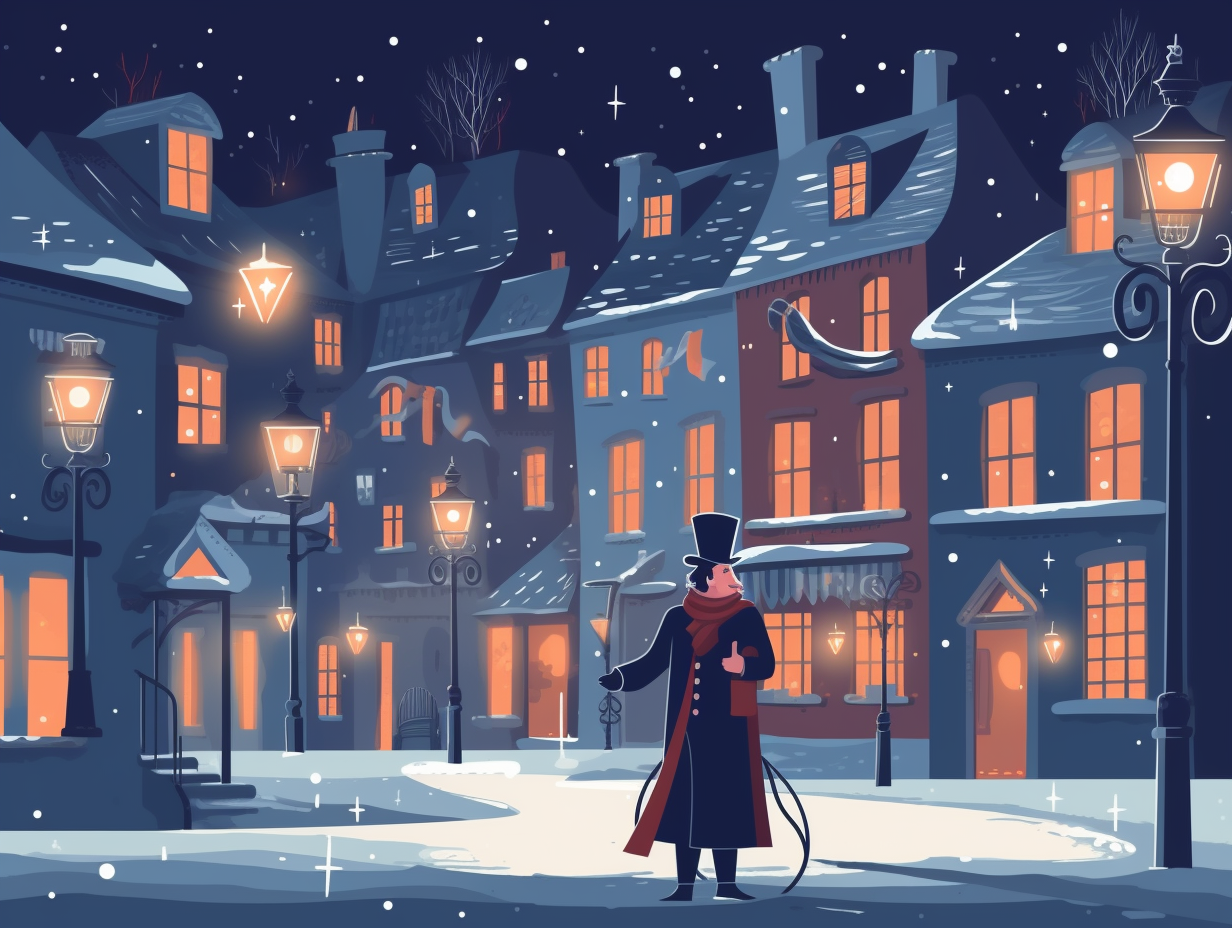
10. Dickens' Oprah Moment
When not busy penning soon-to-be famous quotes like "Bah, Humbug" and forcing Ebenezer Scrooge to face his destiny with three time-traveling spirits, Charles Dickens had an uncanny ability to channel his inner Oprah: "You get a book! You get a book!": A Christmas Carol, with Dickens' personal touch in design and pricing, sold out its entire first edition of 6,000 copies within a week of publication on December 17, 1843 – and though a popular claim, this festive literary treat hasn't actually been "in continuous print" ever since.
Source => candlewick.com
Related Fun Facts


